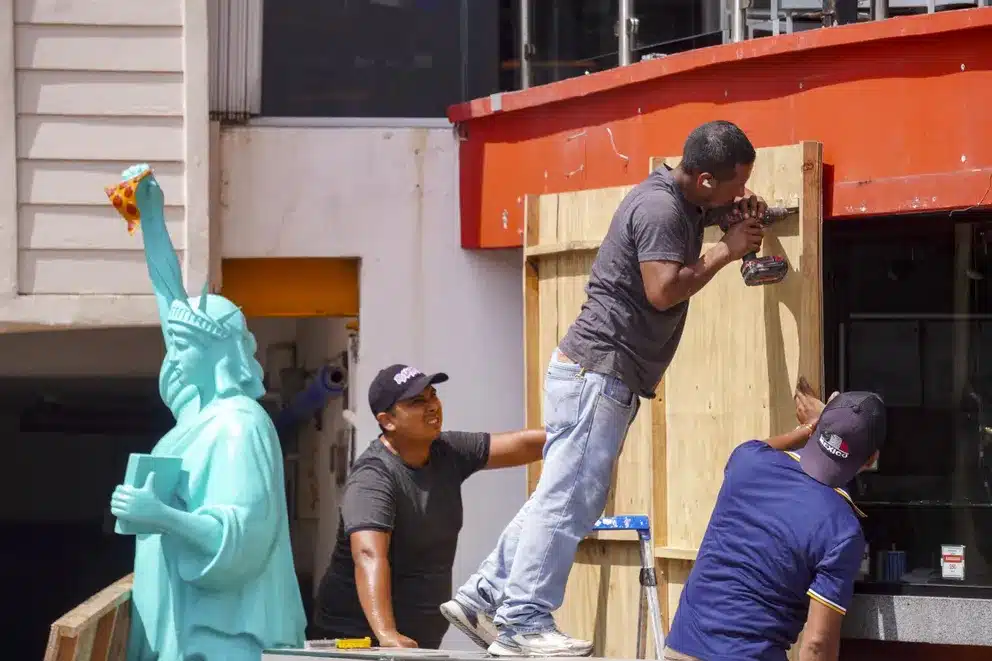As Hurricane Milton approaches Florida’s Gulf Coast, residents are preparing for what experts predict could be the most destructive storm in over a century. With the potential for massive storm surges and high winds, evacuation orders are already in place to protect those in the storm’s path.
Hurricane Milton is rapidly intensifying and is now classified as a Category 5 storm. With wind speeds exceeding 157 mph, it has the potential to cause widespread devastation. The National Hurricane Center has issued urgent warnings, noting that framed homes could be destroyed, trees and power poles downed, and some areas may be uninhabitable for weeks or even months.
The most concerning aspect of the storm is the predicted storm surge, which could raise water levels by up to 12 feet in some areas. Meteorologists are warning that this could be the most severe surge seen in the Tampa Bay region in nearly a century. Just weeks prior, Hurricane Helene caused significant flooding with an 8-foot surge, but Milton is expected to bring even more intense flooding.
Although the storm is projected to weaken to a Category 3 before making landfall, it will still pose a major threat. With winds forecasted to reach up to 129 mph, even well-built homes could sustain roof damage, and trees are expected to be uprooted.
Local authorities are urging residents to take the storm seriously. Tampa Mayor Jane Castor issued a stark warning to those in evacuation zones, stating, “[If you] stay in one of those evacuation areas, you’re gonna die.” Pinellas County Sheriff Bob Gualtieri emphasized the seriousness of the situation, describing it as the largest evacuation since Hurricane Irma in 2017.
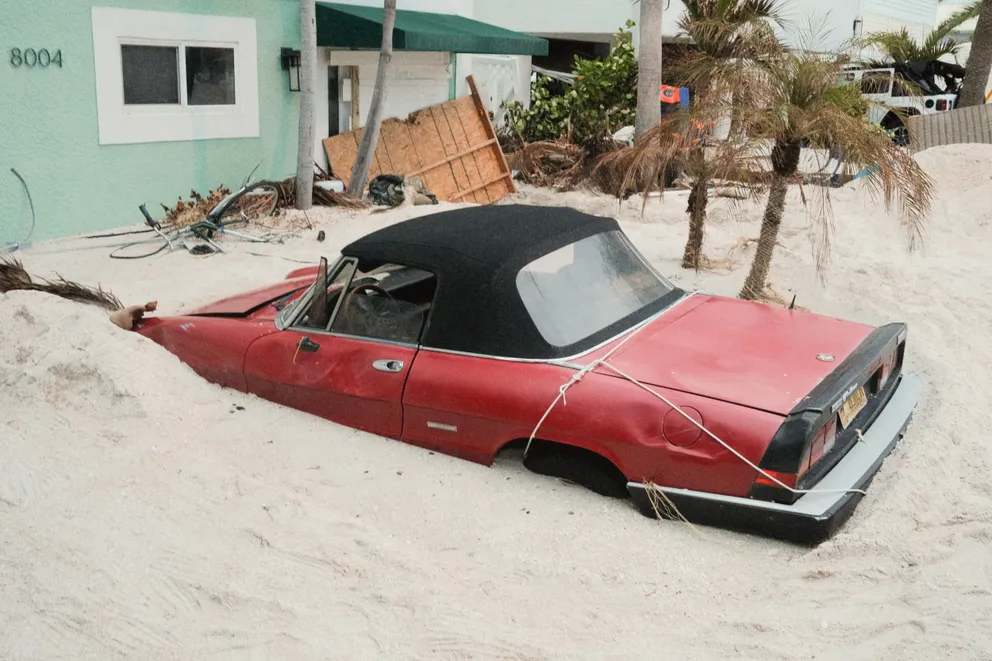

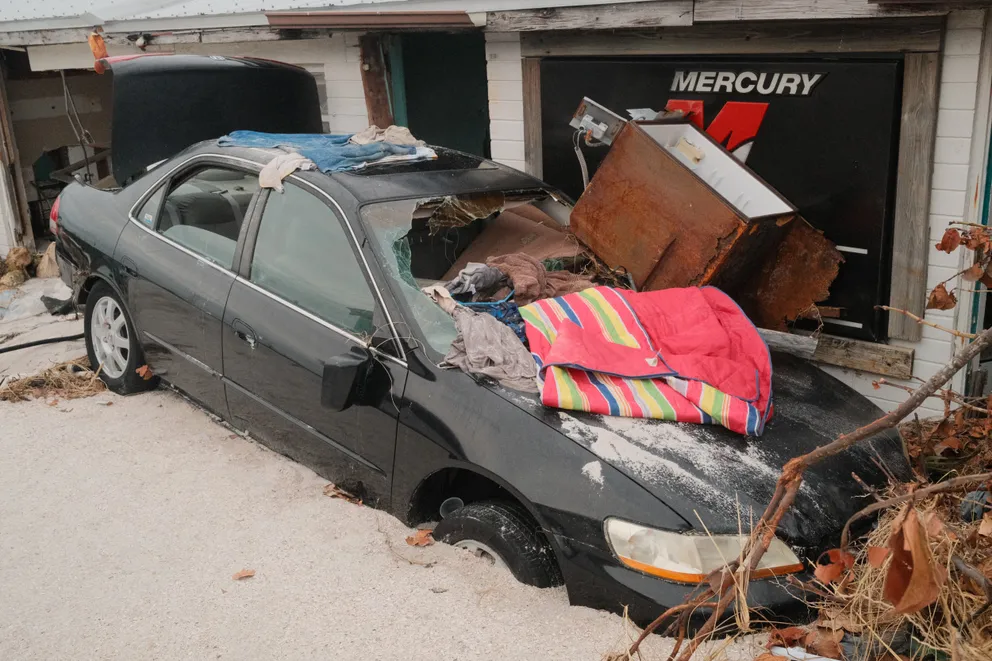
Governor Ron DeSantis also addressed the threat, highlighting the risks posed by debris left over from Hurricane Helene. He noted that this could increase the storm’s destructive impact if hit by a major hurricane. Evacuation orders are in effect, and authorities are emphasizing that those who choose to stay behind will be on their own once the storm hits.
As the hurricane nears, evacuation efforts are in full swing. Thousands of residents are moving inland, and highways are becoming congested with vehicles heading away from the coast. Communities hit by previous storms are not taking any chances this time, with many residents packing up and leaving as quickly as possible.


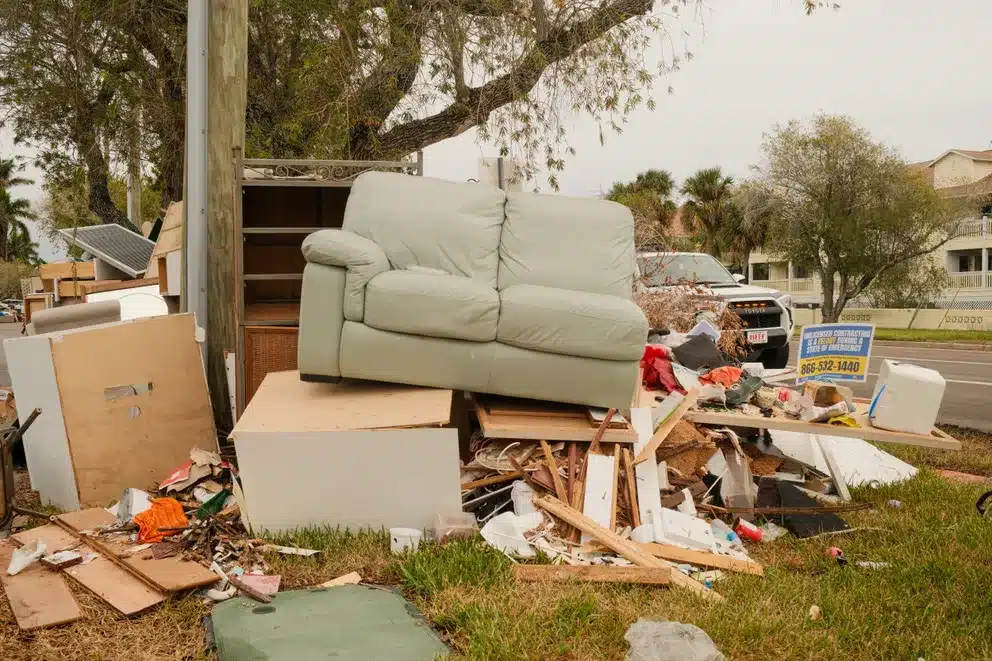
In Fort Myers Beach, a town devastated by Hurricane Ian two years ago, streets are already deserted, with only a few residents staying behind to secure their properties. Many who remember the severe flooding caused by Ian’s storm surge are taking every precaution to avoid repeating past tragedies.
Residents are being urged to familiarize themselves with evacuation zones and routes. The Florida Division of Emergency Management’s “Know Your Zone” tool allows residents to determine their zone by entering their address, which can help them plan the safest route to evacuation shelters.
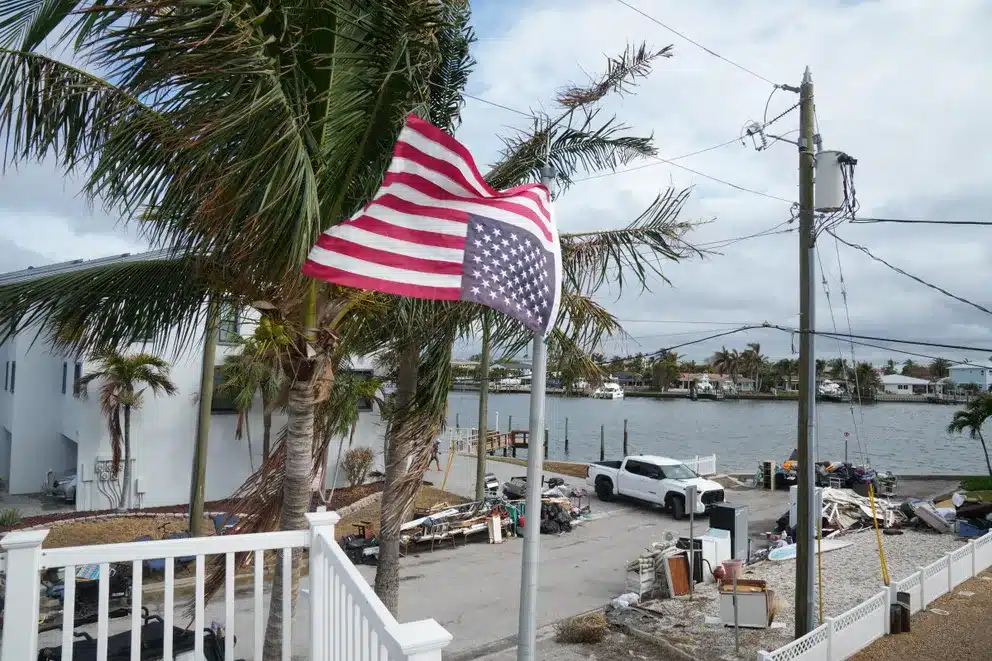



Coastal areas, particularly those vulnerable to storm surges, have been ordered to evacuate immediately. Officials are stressing the importance of leaving as soon as possible to avoid being cut off from emergency services during the storm. First responders will not be able to assist once the hurricane reaches its full intensity.
By using available resources like the “Know Your Zone” tool and heeding evacuation orders, residents can better protect themselves and their families from Hurricane Milton’s potentially devastating effects.

